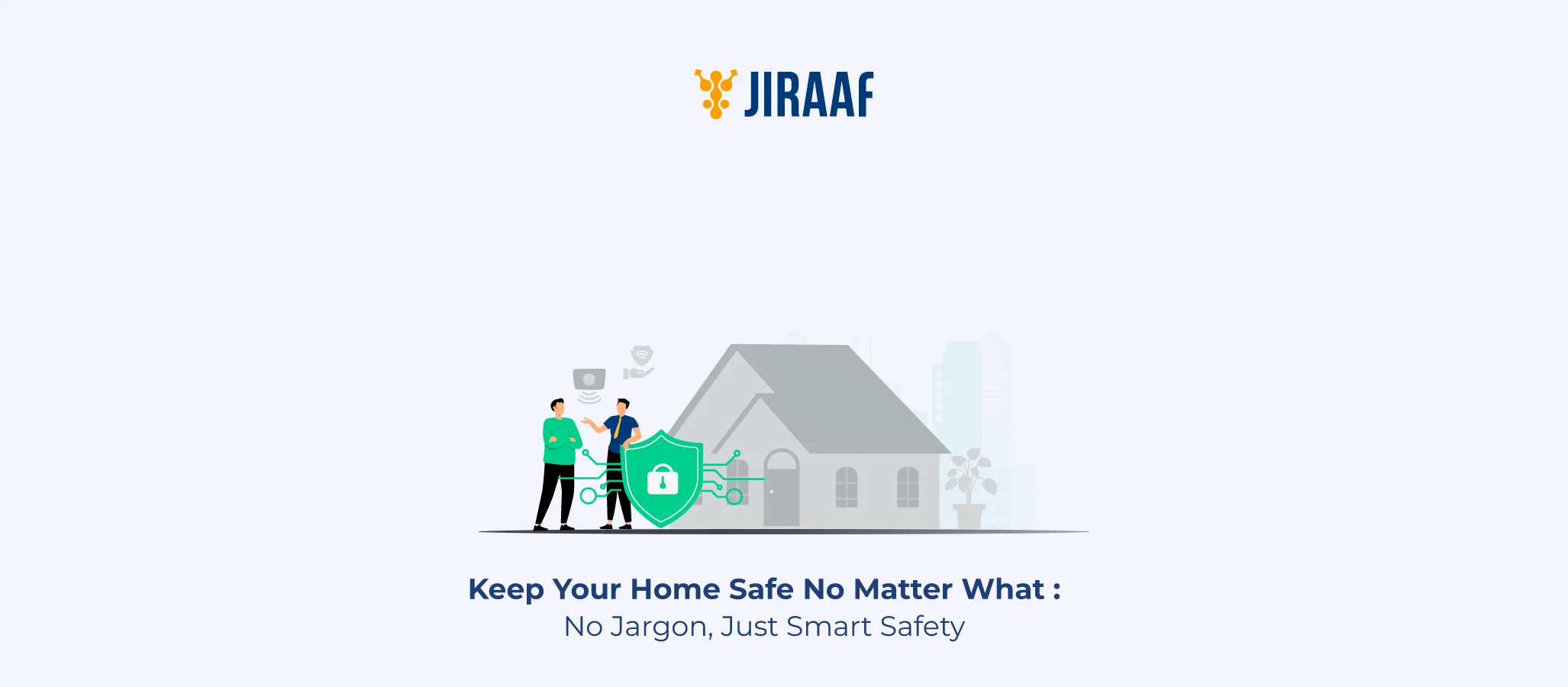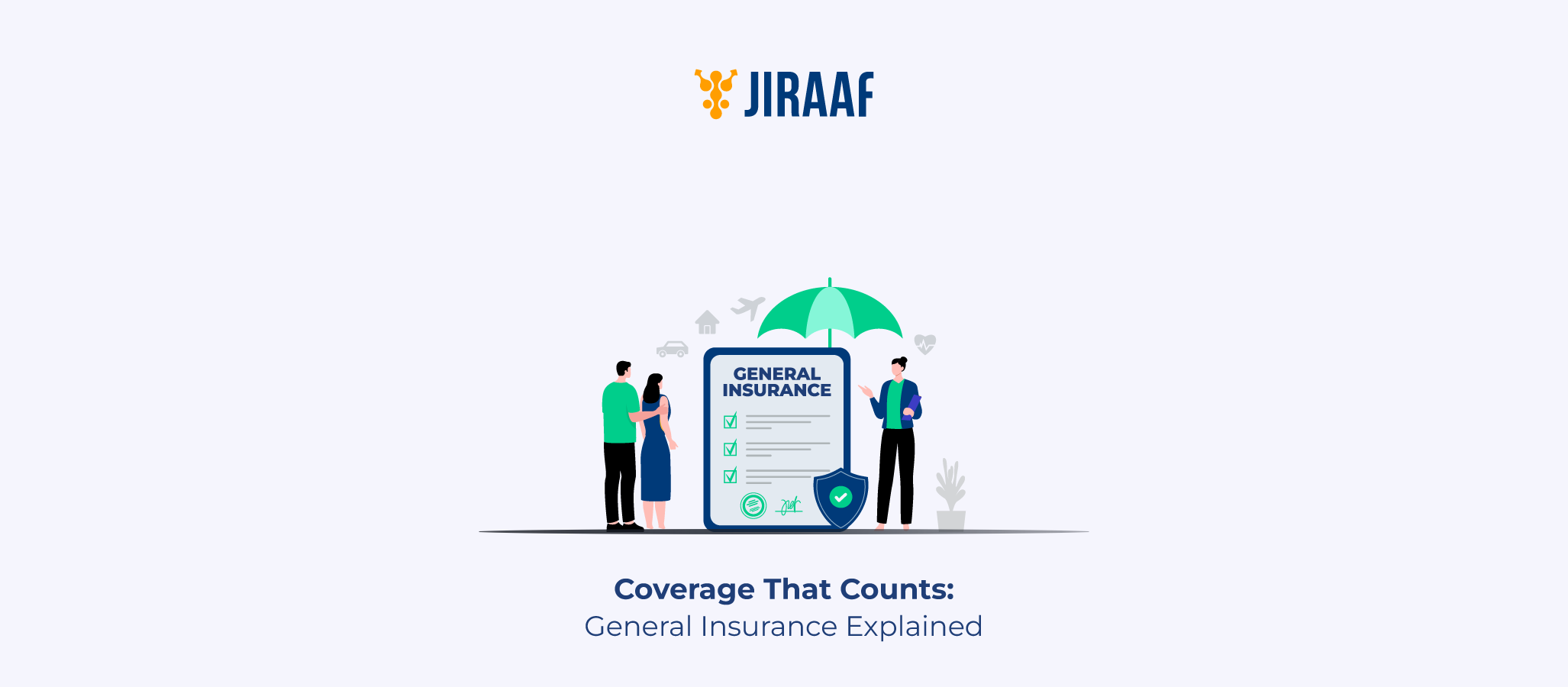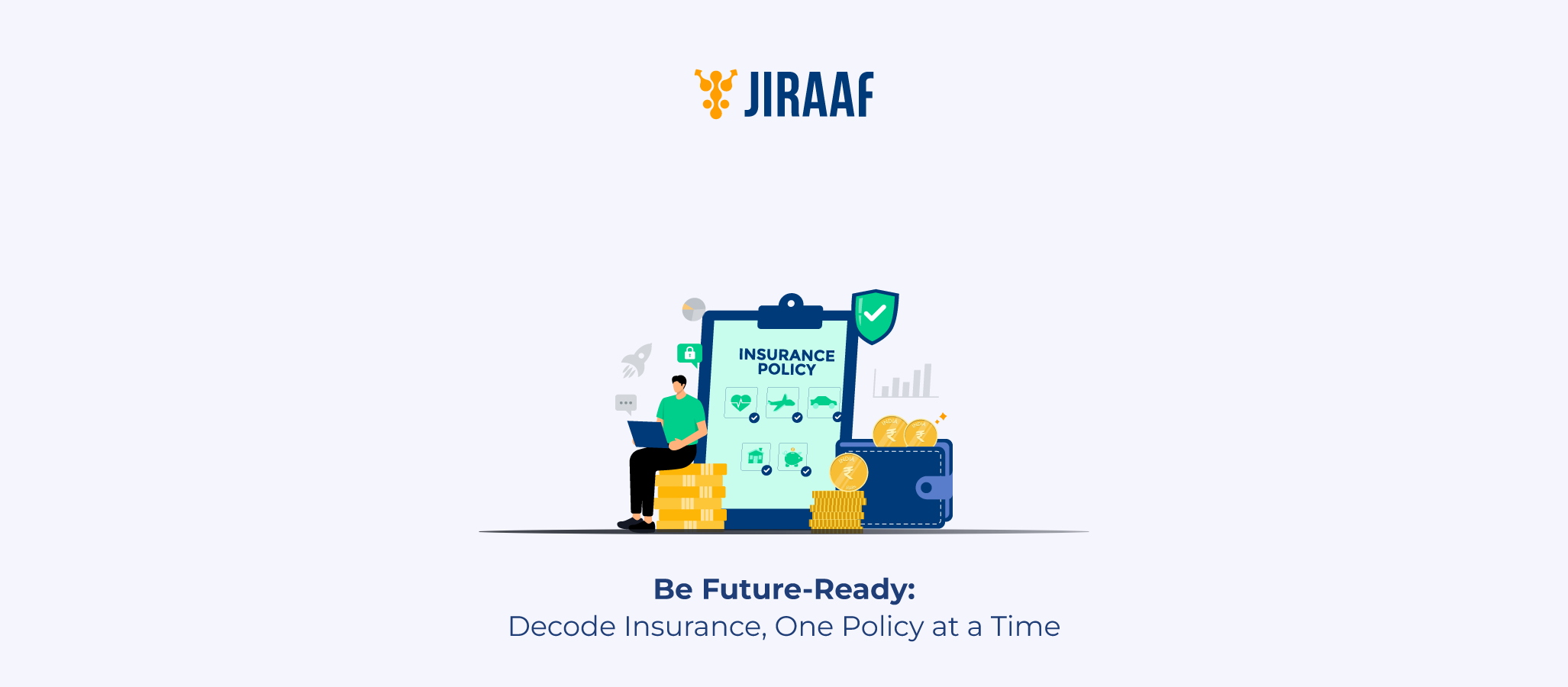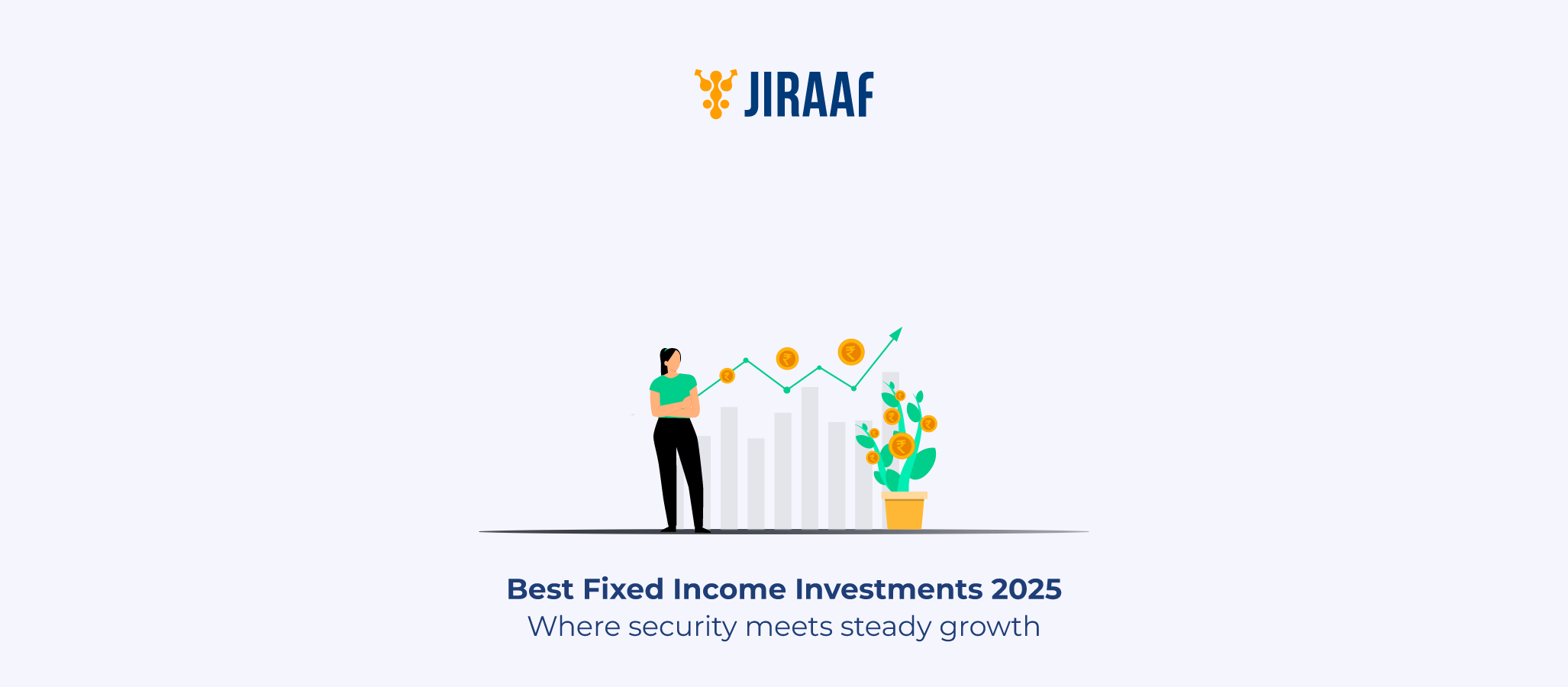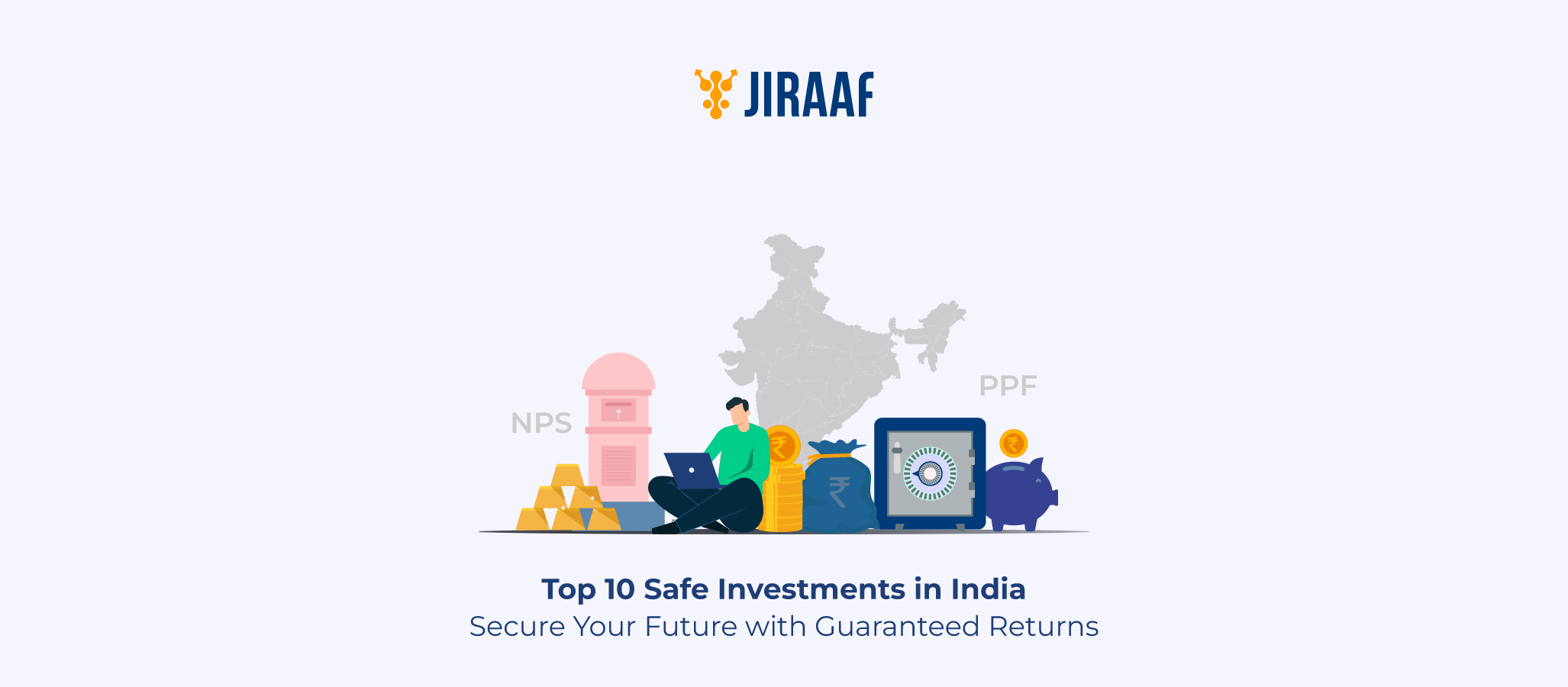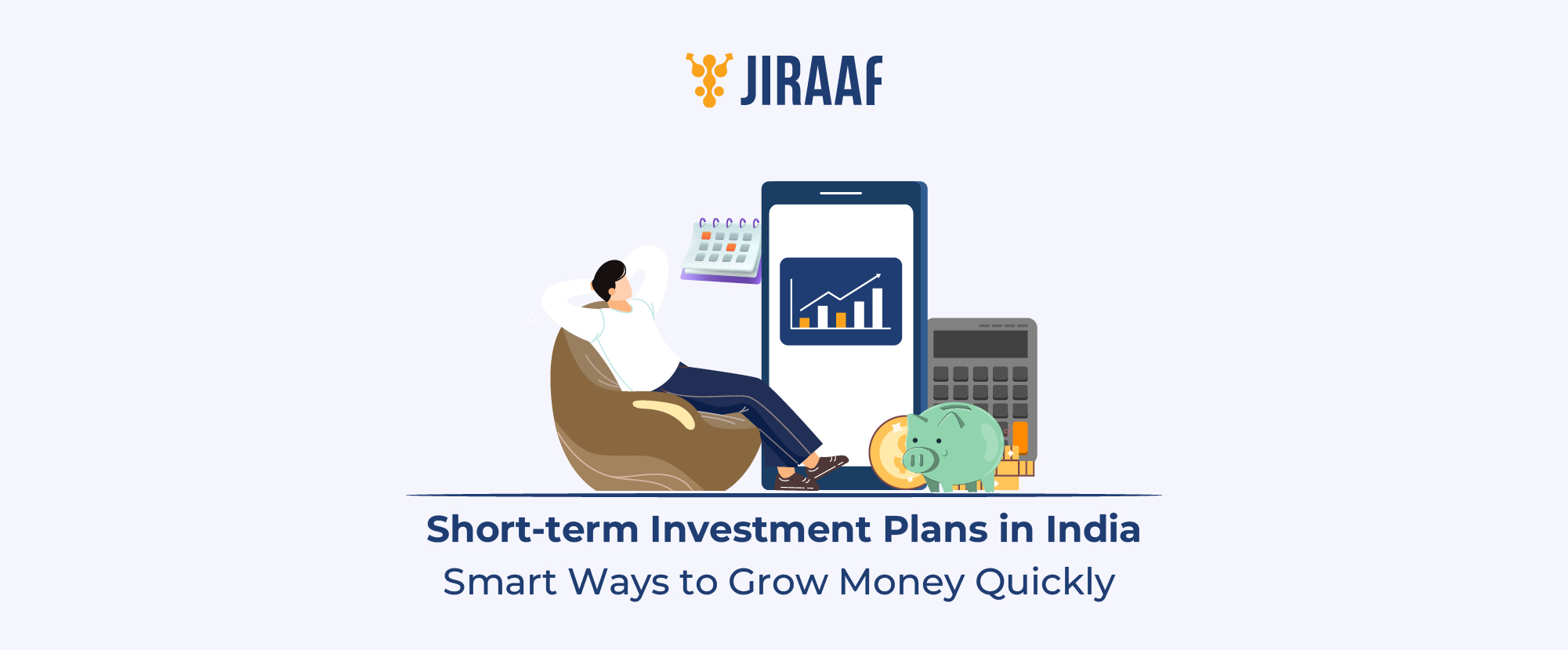Home loan insurance, also known as a Home Loan Protection Plan (HLPP), is a risk cover that repays your outstanding home loan in case of unfortunate events like the borrower’s death during the loan term or permanent disability. The coverage typically matches the loan amount and gradually reduces as you repay the loan. Premiums can be paid as a lump sum or annually, and many plans don’t require a medical exam if bought at the time of loan approval. For example, a ₹50 lakh policy initially covers the full amount, with the insured sum decreasing in line with your EMIs.
Is Home Loan Insurance Mandatory in India?
No, however, when approving a loan, lenders strongly encourage it. If you want to purchase their insurance, certain banks might provide reduced interest rates.
Some of the key RBI regulations are:
- Home loan insurance cannot be mandated by banks (RBI/2015-16/152).
- If asked, a loan without insurance must be provided.
- Pro tip? Watch out for independent term insurance; they are usually less expensive.
Types of Home Loan Insurance Plans
There are primarily four types of home insurance plans available in India:
- Level term insurance plan: In this plan, the cover amount is fixed throughout the tenure.
- Reducing/ decreasing term insurance plan: The cover amount reduces with the outstanding home loan balance.
- Hybrid cover insurance plan: In a hybrid coverage plan, your coverage amount remains constant for the first year but gradually decreases starting in the second year as the outstanding balance on your home loan decreases.
- Group insurance provided by the bank: This offers limited flexibility – it only covers your loan liability and doesn’t extend beyond that. Moreover, it’s non-portable, meaning if you refinance or transfer your loan to another lender, the coverage ends automatically.
Benefits of Home Loan Insurance
- No medical tests (typically if taken with a loan)
- Loan repayment on death/disability – your family retains the home.
- Reduced premiums compared to term insurance (for a reduction in coverage).
- Section 80C allows for premium tax deductions.
Term Insurance vs Home Loan Insurance: Key Differences
| Characteristic | Term Insurance | Home Loan Insurance |
| Premium costs | Affordable, fixed for the entire term. | More expensive, included in the loan EMI. |
| Life coverage | Offers a lump sum amount as coverage in case of death. Only for a fixed time in your life. | Offers coverage for the entire loan timeline, with repayment of the outstanding amount. |
| Adaptability | Flexible and customizable. | Limited flexibility and customization options. |
| Premium difference | Low and reasonable premium. | Higher premium since you have to pay a lump sum amount. |
| Tax benefits | Eligible. | Eligible only on premiums, depending on the loan tenure. |
How Much Does Home Loan Insurance Cost?
Decreasing coverage: ₹5,000 to ₹30,000 for a ₹50 lakh loan all at once.
Level coverage: ₹10,000–₹1 lakh annually, depending on health and age.
In addition to this, the following factors impact your premiums:
- Loan amount and tenure.
- Age and health (if a medical examination is necessary).
- Type of policy (decreasing vs. level).
Should You Buy Home Loan Insurance?
Home loan insurance offers peace of mind by securing your family from loan liabilities in unforeseen circumstances. However, it’s essential to weigh the premium cost against the benefits. A well-informed decision stems from understanding the policy terms and evaluating your financial situation. The goal is to safeguard both your family and your home.
To further simplify this decision for you:
You should consider buying home loan insurance if you have no existing life insurance, your family is dependent on you to pay off EMIs, and if you can avail discounts on loan interest. However, you can avoid it if you already have adequate term insurance, or you can afford to prepay the loan.
Conclusion
Home loan insurance isn’t just a bank formality, but a thoughtful way to secure your family’s future. While not mandatory, it offers peace of mind by ensuring your loved ones won’t be burdened with debt in your absence. Decreasing cover plans are more affordable but offer limited protection. Always compare these with standalone term insurance for better value. Plus, premiums may qualify for tax benefits under Section 80C, making it a smart financial move.
Discover fixed income investments with Jiraaf, a SEBI registered online bonds platform that educates and brings access to a wide array of bonds. Sign up today to explore diversified fixed income investment opportunities to support your goal-based wealth creation journey. Start investing!
